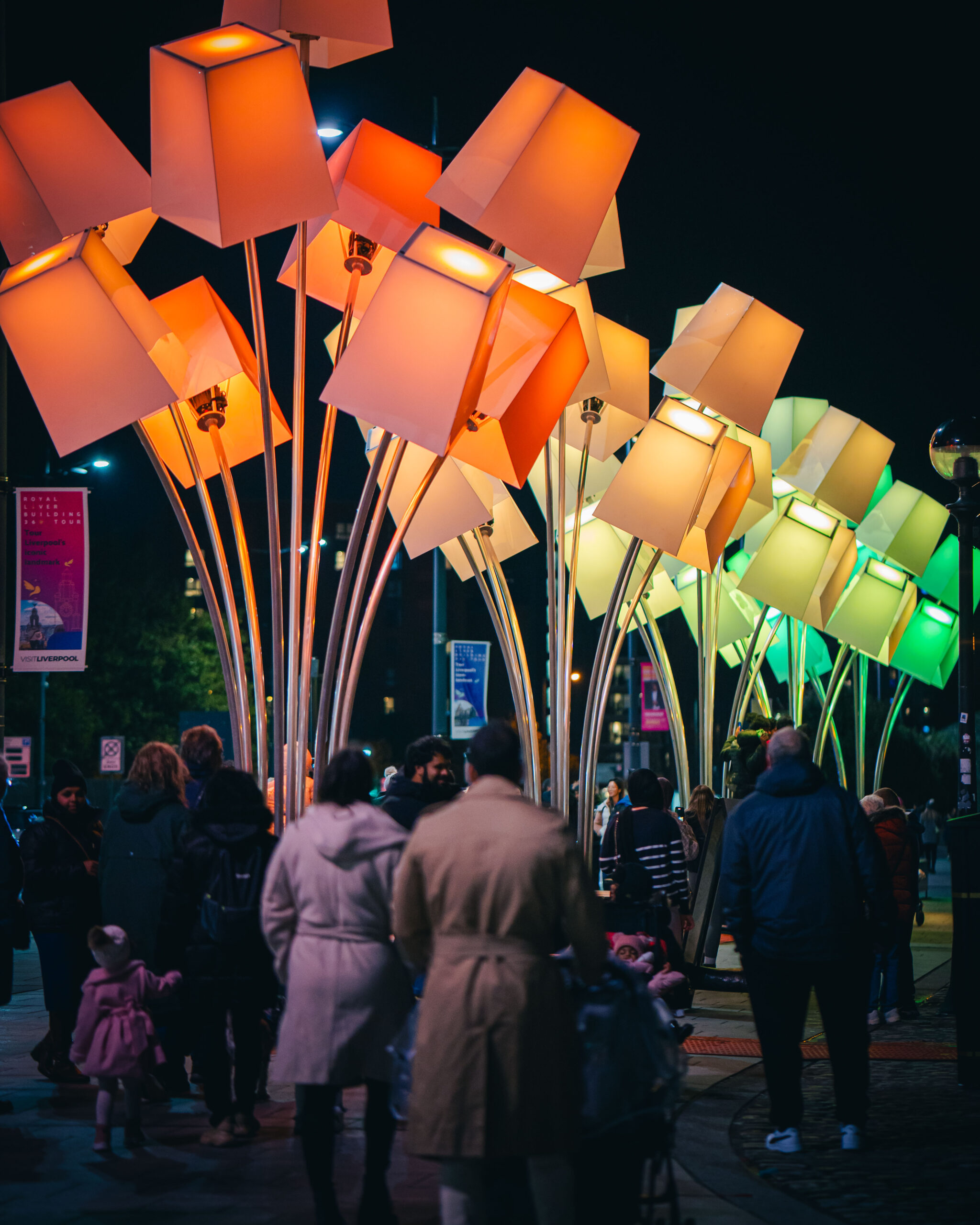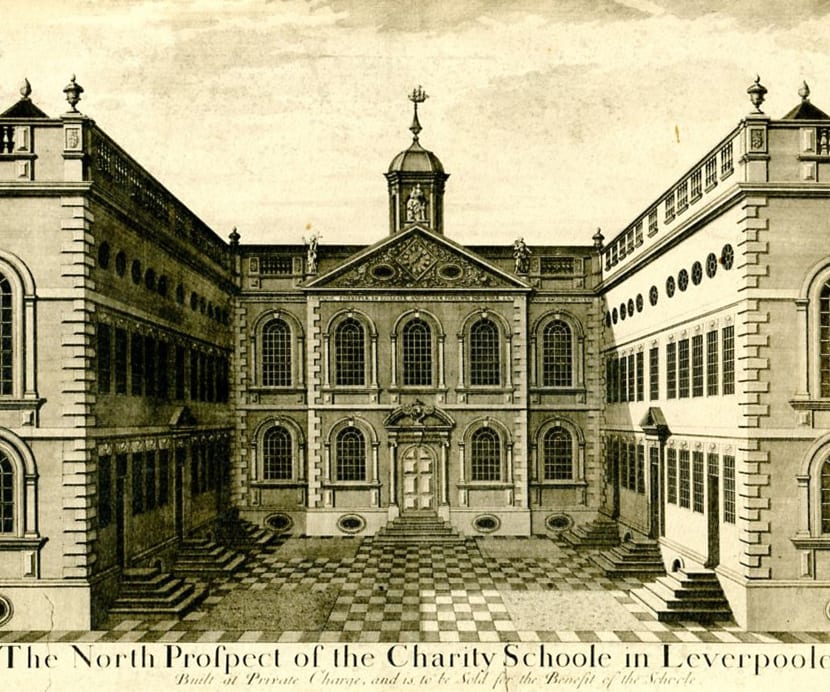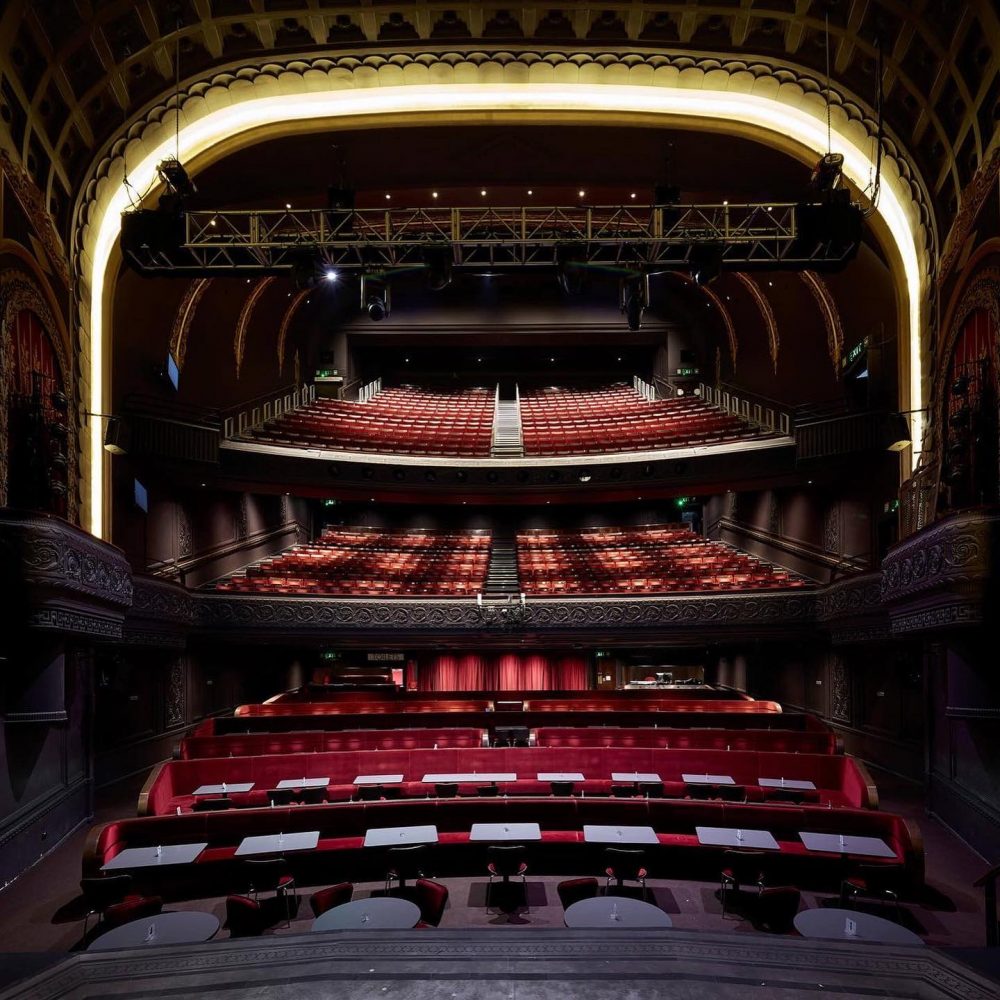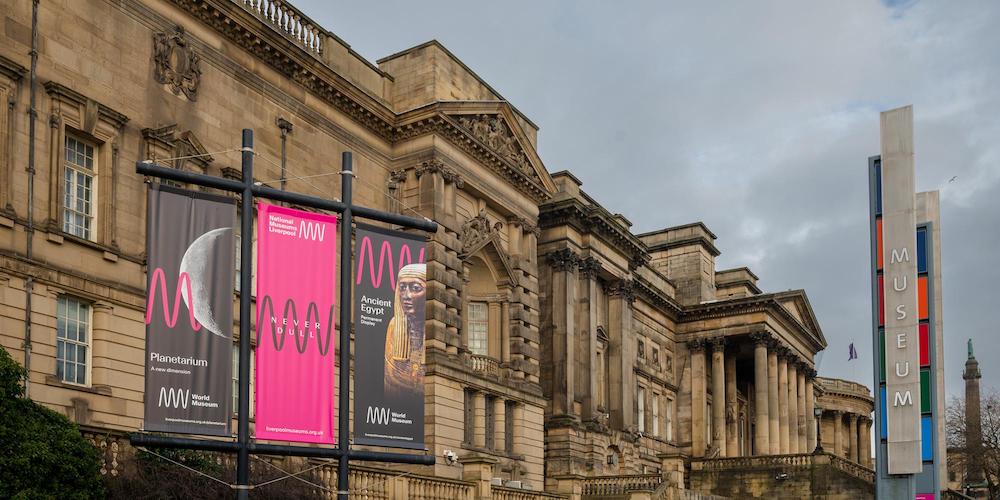
History
The history of the ancient Calder Stones
5 months ago
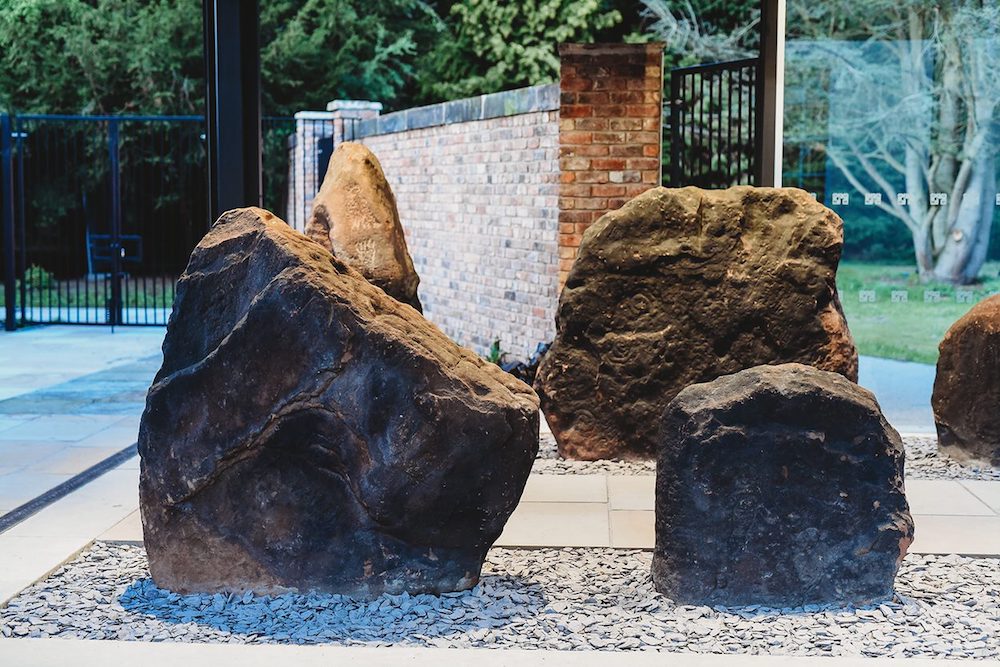
Nestled within Calderstones Park in Liverpool lies a hidden gem steeped in history and mystery – the Calder Stones.
The Calder Stones, originally part of a prehistoric burial chamber, consist of a collection of six sandstone rocks adorned with intricate carvings and symbols.
These ancient megaliths, believed to date back to the Neolithic era, the later part of the Stone Age, have captivated the imagination of locals and visitors alike for centuries, leaving behind a legacy that continues to intrigue historians, archaeologists, and curious minds.
Each stone is unique, featuring motifs ranging from spirals and concentric circles to geometric patterns, animal figures, and human footprints, hinting at the symbolism and beliefs of the ancient people who carved them.
Several of the fascinating carvings include spirals, reminiscent of markings observed on tombs in Ireland and North Wales. This hints at potential cultural connections across the Irish Sea.
The Calder Stones remained shrouded in mystery until the 18th century when they were believed to have been disturbed. A report from 1825 mentioned, “during excavation around them, urns crafted from rudimentary clay, holding human ashes and bones, were discovered.”
In the mid to late 19th century, some scholars said that the Calder Stones were once part of a Druidic circle. However, by the end of the century, previous evidence suggested that the stones were actually remnants of a ruined dolmen (megalithic tomb). It was believed that the initial misconception arose from the mistaken notion that all Druidic remains should be arranged in circular formations.
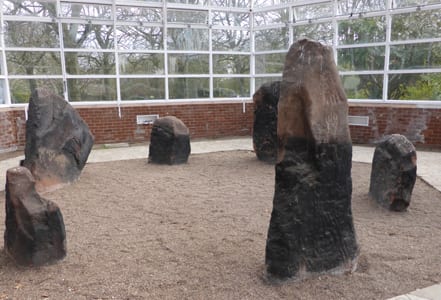
The six remaining stones, crafted from local sandstone, vary in size from approximately eight by three feet to three and a half by two and a half feet.
Previous studies of the markings had latex moulds created of the stones and carvings, allowing for precise documentation and the revelation of previously obscured carvings.
The carvings were categorised into six groups: spirals, concentric circles, arcs, cup marks, cup and ring marks, and footprints. Additionally, traces of post-medieval and modern graffiti are evident. Some of the carvings bear resemblance to examples found in Anglesey and the late Neolithic burial site of Newgrange in the Boyne Valley.
The exact purpose and significance of the Calder Stones remain a subject of debate among scholars, with theories ranging from religious and ceremonial uses to astronomical alignments and markers of territorial boundaries.
Some researchers suggest that the stones may have served as a calendar or a form of storytelling, conveying important myths or legends.
The oldest carvings on the stones date back 5000 years, but the stones themselves originated in the Triassic period, between 260 to 230 million years ago.
During this time, Merseyside was part of a vast desert located near the equator. As tectonic plates shifted, the landmass moved northward to its current position, and the sand dunes gradually solidified into rock through the process of mineral bonding due to water passing through the sand.
These rocks have witnessed the remarkable story of continental reshaping over millions of years. Remnants of this desert past are still visible in certain areas, where the cross-sections of sand layers can be observed, particularly the rock cuttings along the mainline routes out of Lime Street Station.
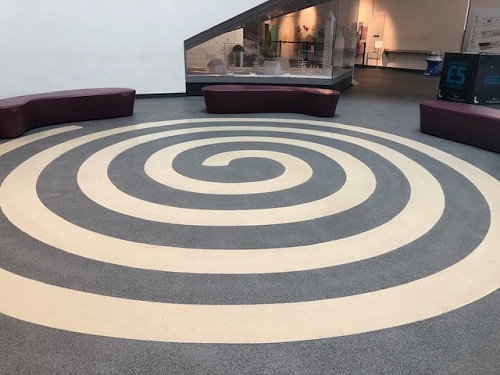
Have you ever wondered why there’s a spiral on the floor in the foyer of the Museum of Liverpool? This is inspired by the markings on the Calder Stones.
Throughout the years, the Calder Stones have weathered the passage of time and witnessed the transformation of Calderstones Park into a beloved urban oasis, cherished by generations of Liverpudlians. Today, the stones stand proudly within their own dedicated enclosure, protected from the elements and regarded as a symbol of Liverpool’s ancient heritage.
In recent years, efforts have been made to enhance the understanding and appreciation of the Calder Stones through educational initiatives and guided tours within Calderstones Park.



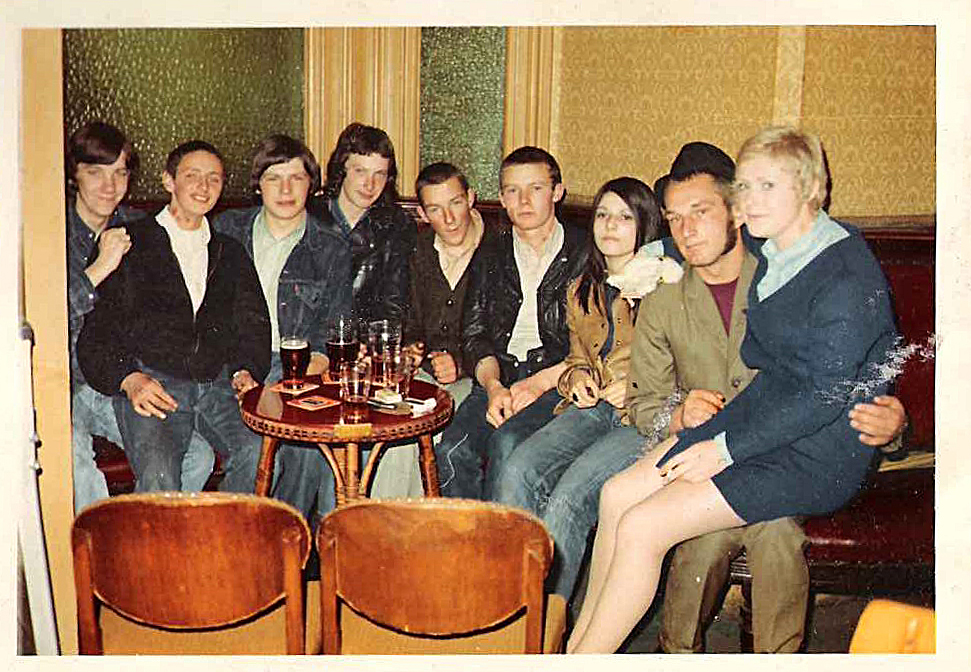
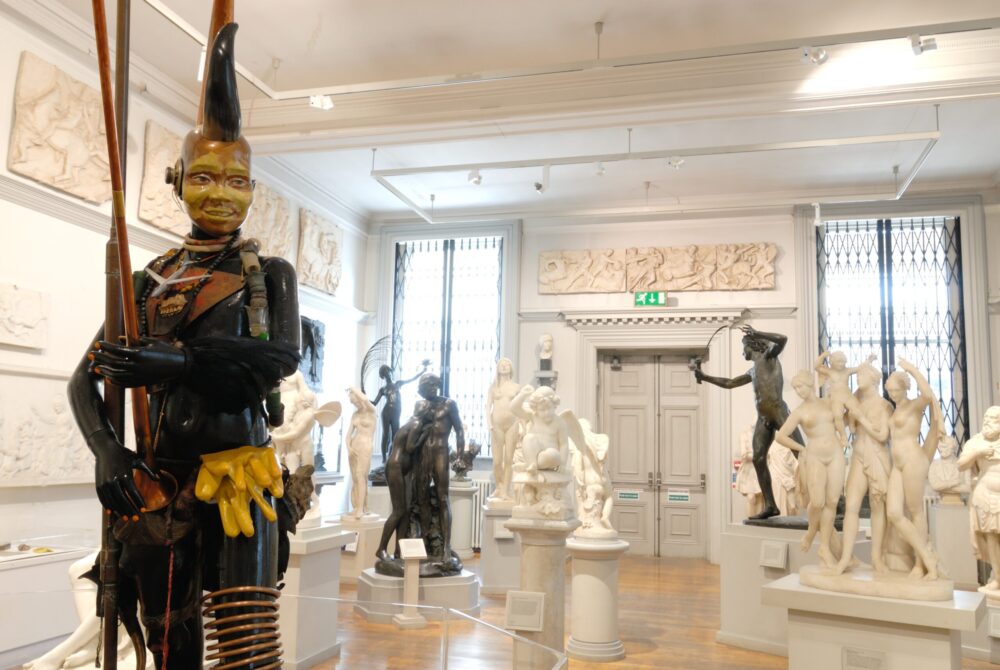
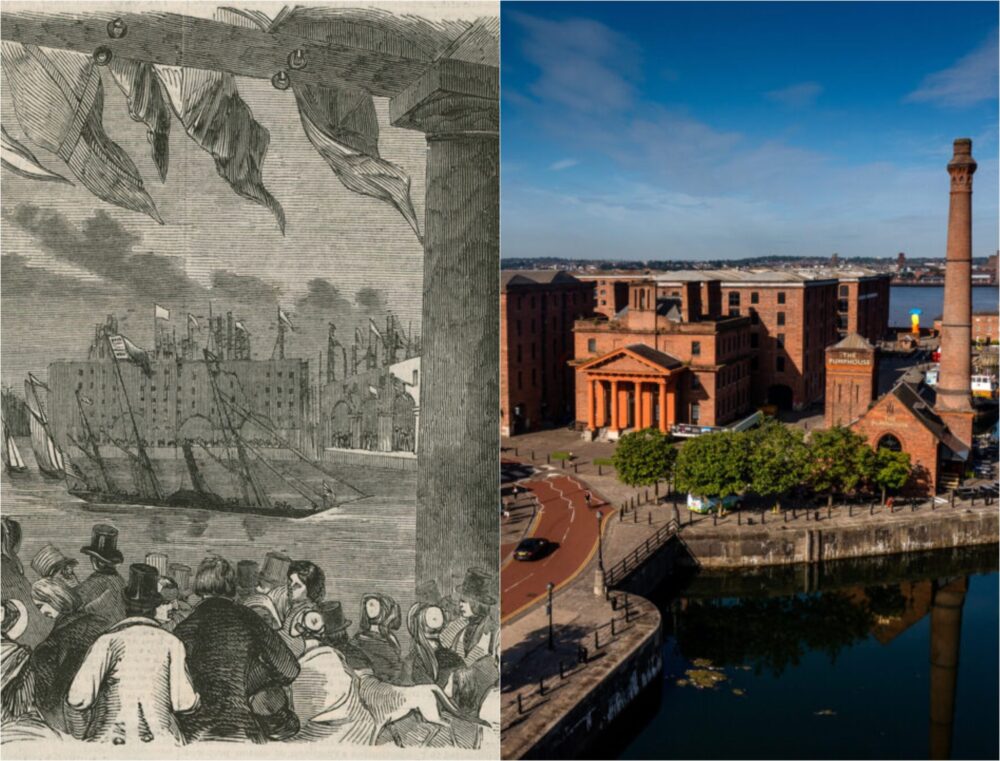



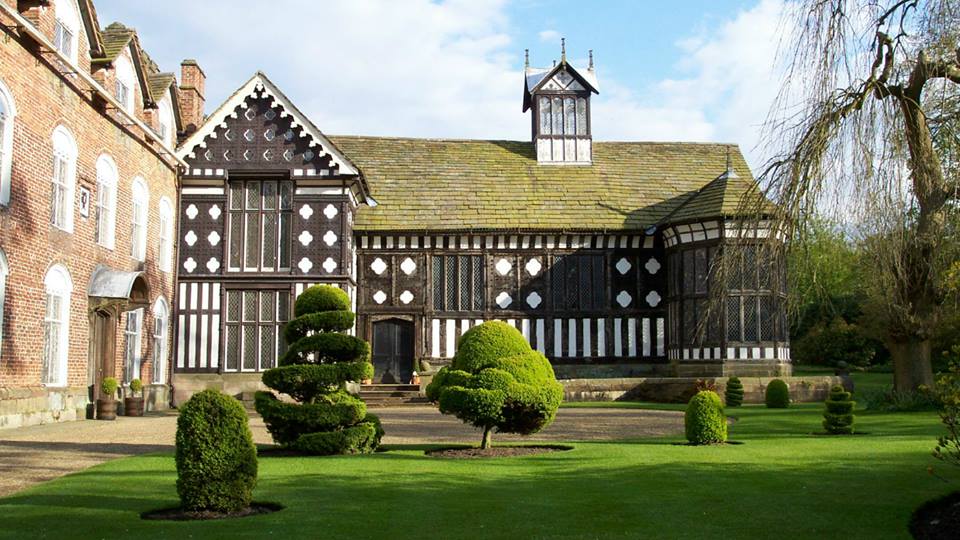
 Subscribe
Subscribe Follow Us
Follow Us Follow Us
Follow Us Follow Us
Follow Us Follow Us
Follow Us Follow Us
Follow Us





